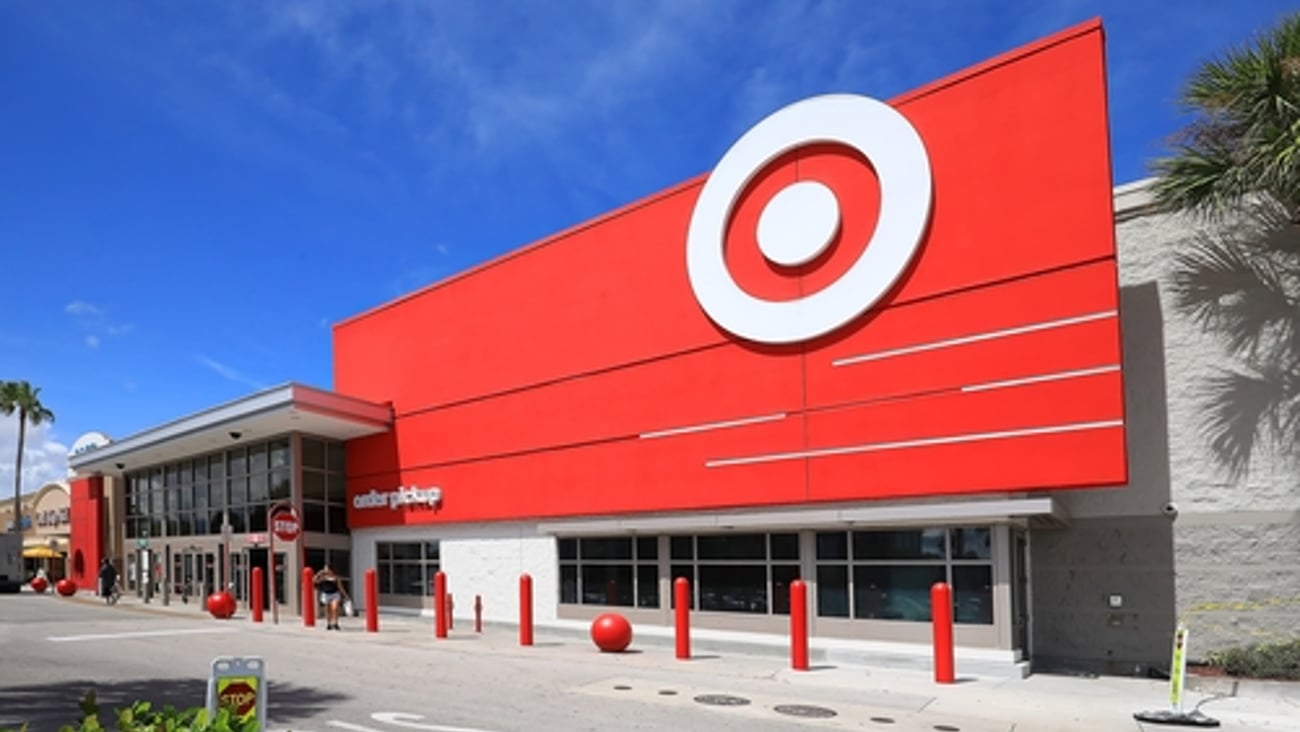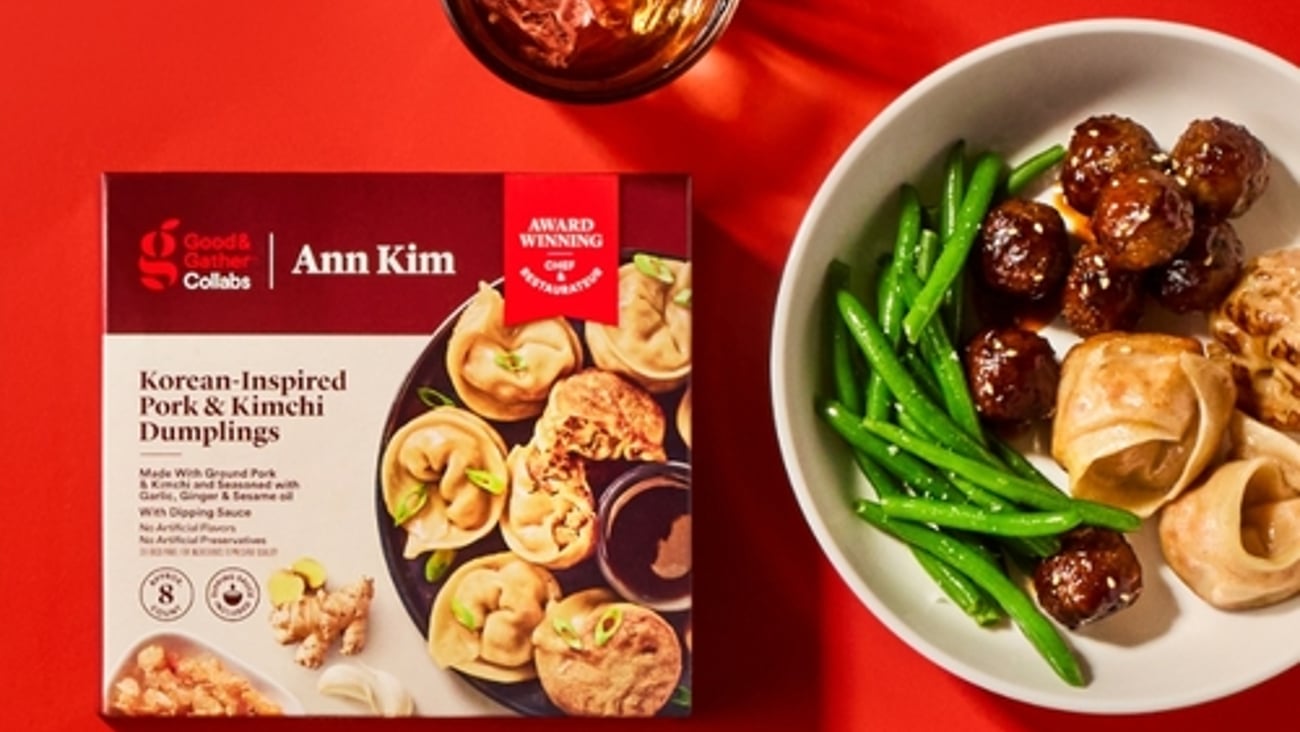Amazing products and services emerge from creative, collaborative risk-taking
Of the 154 million definitions of creativity you can find on the Internet, one of my favorites comes from Daniel H. Pink, the best-selling author of books on business management and psychology: Creativity “gives the world something it didn’t know it was missing.”
Just in the past couple of weeks, I’ve encountered a couple of examples of such innovation in the realms of new product and service development. First, I came in contact with the Vertex Toothbrush while writing an article on oral care products for the February issue of Store Brands. Unlike standard manual toothbrushes, the Vertex has a T-shaped head, a bent neck and a rounded handle to enable the user to better reach “every nook and cranny,” as Product Launchers, the toothbrush’s distributor, explains.
I had an enjoyable phone conversation with the patent-pending product’s inventor, Andy Kossowsky, who says that during his “creative phase” he also developed a unique folding shopping cart.
“What’s interesting about inventing is how often you meet people who say, ‘I had the greatest idea ever.’ But then when you ask, ‘What did you do with it?,’ 99 percent of people say ‘Nothing,’ ” Kossowsky observes. He aims not to be that proverbial person who hears about a new invention and laments, “That was my idea.”
In tinkering with the conventional toothbrush, Kossowsky was trying to make an everyday task more efficient, easier and more fun. “I was in my kitchen cutting the heads off standard toothbrushes, shaping them down, melting them back onto the handles sideways and bending the handles,” he shares, noting that the final Vertex Toothbrush, available for private branding, was the result of much trial and error.
Although a new toothbrush design may not be equivalent to the invention of the electric lightbulb, I’m still reminded of that famous quote of Thomas Edison’s: “Genius is 1 percent inspiration and 99 percent perspiration.”
Kossowsky’s persistence wasn’t limited to the product development stage. Once he had a viable working design and created prototypes, he handed out samples to everyone he could in order to get their feedback. “I was giving it to people in my family, to friends, neighbors, people at the post office, everyone I could just to get their impression,” he notes. “The response has just been overwhelming.”
In the book “Uncommon Genius: How Great Ideas Are Born,” author Denise Shekerjian describes her interview with the late evolutionary biologist and science essayist Stephen Jay Gould, who told her that his unique gift was simply seeing connections that others overlooked. “Stephen Jay Gould’s talent for forging vital connections happens to go to the heart of creativity, but, even so, it’s a talent that wouldn’t amount to much if he didn’t work at it,” Shekerjian wrote.
Bringing creative ideas to fruition almost always requires productive partnerships. Huzaifah Khaled, the founder and director of the United Kingdom-based nonprofit Action Hunger, realized this when he came up with the amazing idea to use card-activated vending machines to dispense food and other essentials — such as socks, gloves, antibacterial lotion and feminine hygiene products — free to homeless people. The first such vending machine was set up in Nottingham, England, last month.
In addition to securing the donation of the vending machines, Action Hunger works with other nonprofits to distribute the key cards to destitute individuals and partners with suppliers and retailers such as Tesco and Waitrose to make sure that machines will remain stocked. As Store Brands reported earlier this month, Khaled is also partnering with New York-based nonprofit Rescuing Leftover Cuisine to bring similar vending machines to U.S. cities, beginning with New York in February. It’s a bold, complex undertaking that will require many parties to work together if it’s to reach its potential.
In the world of grocery private brands, the best ideas for new products and services, promotional campaigns, packaging designs and merchandising displays typically emerge from the collaboration of retailers and vendors. Retailers know their customers and understand broad consumer trends unlike anyone else, while manufacturers keep abreast of the developments and technological innovations in their specific product niches.
For the third year in a row, Store Brands’ Editors’ Picks competition this spring will recognize the most innovative non-food and best-tasting, on-trend food products developed in the prior year. The winning private brand products will be showcased in our May issue’s cover story. We will post the deadlines and other details pertaining to this competition within the next week.
I can’t wait to see the 2018 submissions. I’m sure that they will include breakthrough items “the world didn’t know it was missing.”
Schierhorn, the managing editor of Store Brands, can be reached at [email protected].





